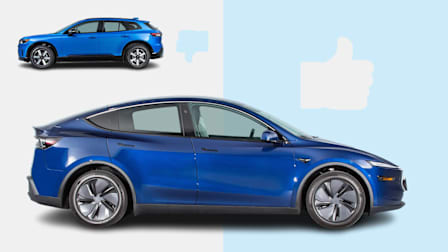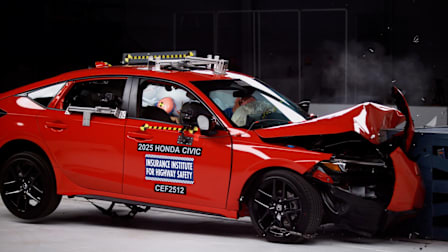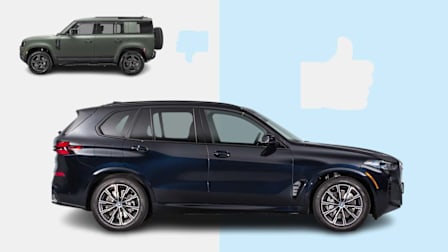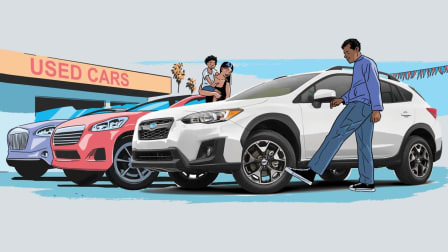Large Pickups Also Lack Good Crash Protection for Rear Passengers
Four popular crew cab pickup trucks do a good job protecting drivers, but fall short for rear passengers
New crash test results from the Insurance Institute for Highway Safety (IIHS) show that large crew cab pickups do a good job protecting occupants in side crashes, but struggle when it comes to rear passengers. It’s yet another example of how modern vehicles have improved safety for front occupants while leaving rear passengers behind.
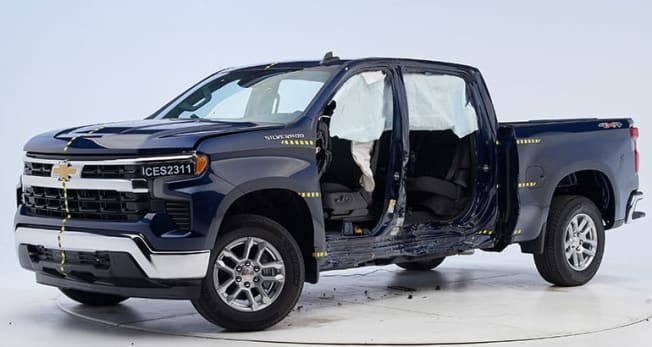
Photo: IIHS Photo: IIHS
Despite their size, the trucks’ restraint systems had issues protecting rear passengers. In all four, passengers slid under the belts—a phenomenon known as “submarining.” In addition, chest and head or neck injuries were likely in the F-150 and Ram 1500. There was a slightly lower risk for passengers in the Silverado, and the Tundra also had a high risk of chest injuries but lower for head or neck injuries. All four pickups did a good job protecting the driver.
As with all crash tests, it’s likely that newer models of these popular vehicles will score higher in future testing, as automakers tend to redesign their vehicles to achieve top ratings.
CR also evaluates rear-seat safety features as part of our ratings program. These include child car seat and booster seat fit, crash-protection features intended for rear occupants of all ages and sizes, and technology designed to encourage rear seat belt use and prevent kids from dying in hot cars. Regardless of how a car scores in these tests, the rear seat is still the safest place for children under 13.
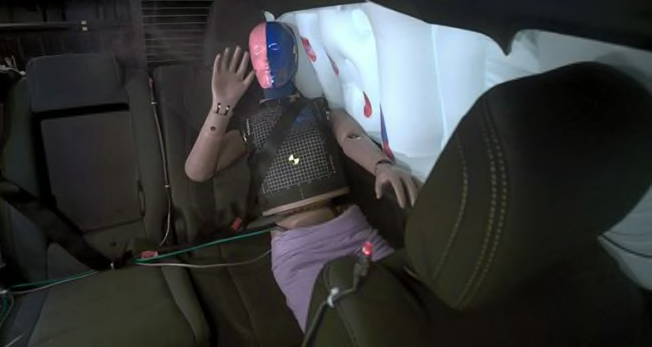
Photo: IIHS Photo: IIHS

















